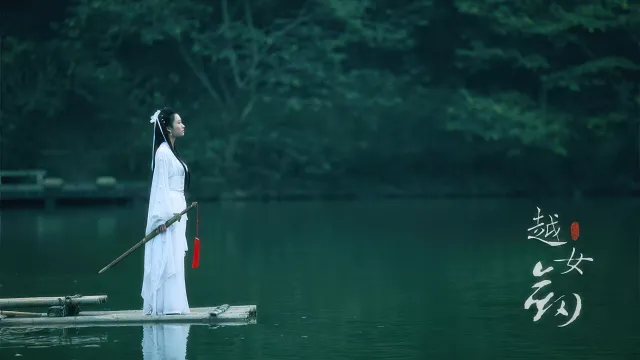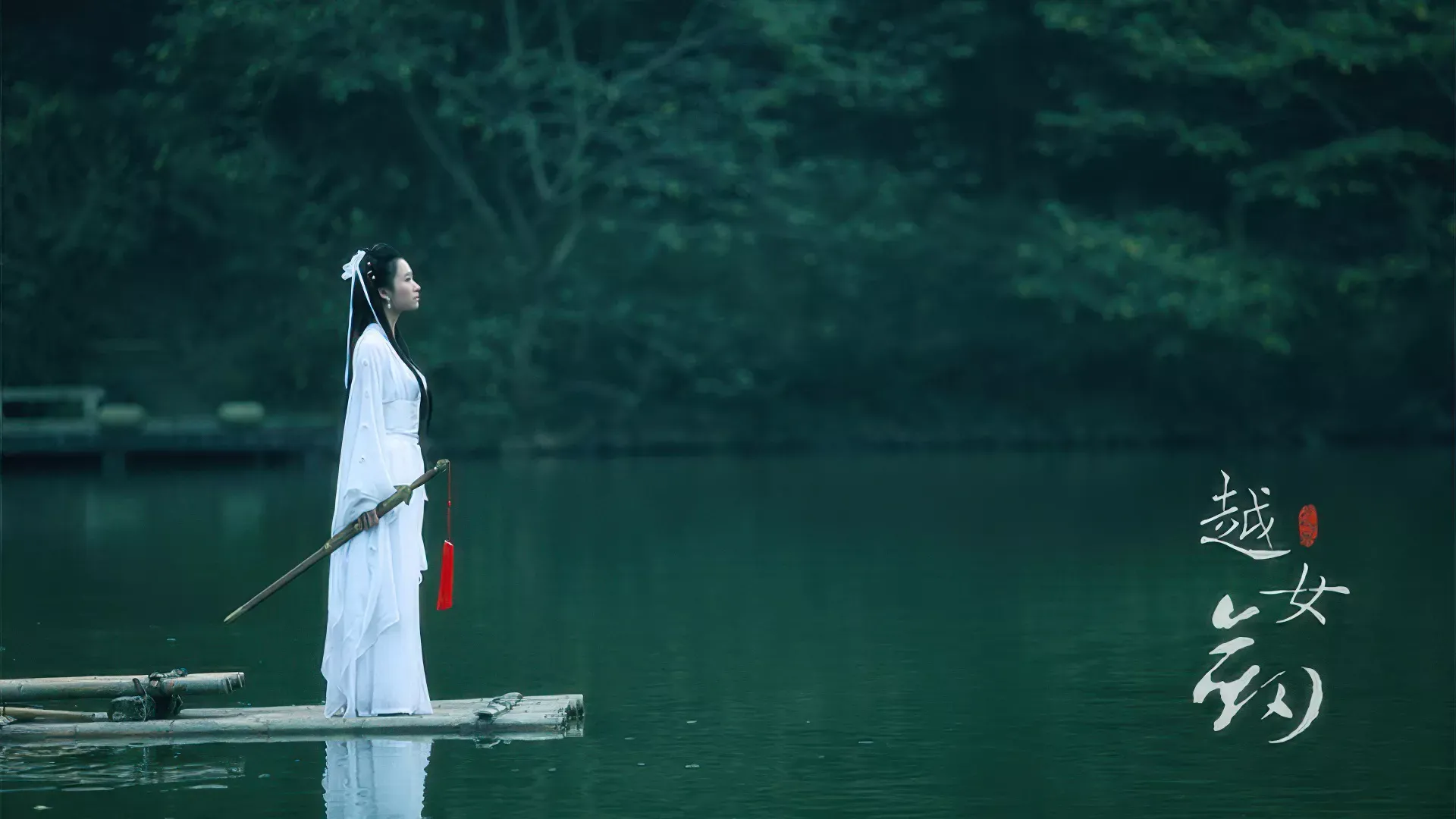Spring and Autumn Period (simplified: 春秋时代, traditional: 春秋時代, pinyin: Chūnqiū Shídài) was a time of significant political and social change in ancient China, spanning from 770 to 476 BCE. This period, named after the Spring and Autumn Annals chronicle, marked the transition from the Western Zhou Dynasty to the Warring States Period, characterized by political fragmentation, military innovation, and cultural development that would shape Chinese civilization for millennia.
The Spring and Autumn Period represents one of the most transformative eras in Chinese history, when the centralized authority of the Zhou Dynasty gave way to a complex system of competing feudal states. This period of political fragmentation paradoxically fostered remarkable cultural and technological advancement, setting the stage for the philosophical and military innovations that would define Chinese civilization.
The period’s name derives from the Spring and Autumn Annals (春秋 – Chūnqiū), a historical chronicle traditionally attributed to Confucius that documented the major events of the state of Lu. This text, along with other historical records, provides invaluable insights into the political, military, and social dynamics of the era.
Historical background
Transition from Western Zhou
The Spring and Autumn Period began with the decline of the Western Zhou Dynasty (1046-770 BCE). The Zhou kings had established a feudal system where regional lords governed their territories in exchange for loyalty and military service to the central authority. However, by the 8th century BCE, several factors contributed to the weakening of central power:
- Barbarian invasions: The Zhou capital was sacked by nomadic tribes in 770 BCE, forcing the court to move east
- Regional autonomy: Local lords increasingly asserted independence from central authority
- Economic changes: The development of iron technology and agricultural improvements strengthened regional economies
- Military evolution: New weapons and tactics shifted the balance of power away from the traditional aristocracy
Political structure
The Spring and Autumn Period was characterized by a complex political landscape:
Major States:
- Jin (晋) - Dominant power in the north
- Qi (齐) - Powerful state in the east
- Chu (楚) - Expanding southern power
- Qin (秦) - Western frontier state
- Wu (吴) - Southeastern military power
- Yue (越) - Southeastern rival to Wu
Political Dynamics:
- Hegemony system: Powerful states established temporary dominance over others
- Alliance networks: Complex diplomatic relationships between states
- Military competition: Constant warfare and territorial disputes
- Cultural exchange: Despite conflict, cultural and technological diffusion occurred
Major developments
Military innovation
The Spring and Autumn Period witnessed significant military advancements that would influence warfare for centuries:
Weapon Technology:
- Iron weapons: Replaced bronze, providing superior strength and durability
- Crossbows: Revolutionary ranged weapons that changed battlefield dynamics
- Chariot warfare: Sophisticated chariot tactics and formations
- Infantry development: Professional standing armies replaced feudal levies
Strategic Innovations:
- Sun Tzu’s theories: The Art of War emerged during this period
- Siege warfare: Advanced techniques for attacking and defending cities
- Naval capabilities: Development of river and coastal warfare
- Intelligence networks: Sophisticated espionage and information gathering
Cultural and philosophical development
The period saw the emergence of China’s most influential philosophical traditions:
Confucianism:
- Founded by Confucius (551-479 BCE)
- Emphasized moral cultivation and social harmony
- Established educational and governmental principles
- Influenced Chinese society for millennia
Daoism:
- Associated with Laozi and Zhuangzi
- Emphasized natural harmony and individual freedom
- Provided alternative to Confucian social order
- Influenced Chinese art, literature, and medicine
Other Schools:
- Legalism: Emphasized strict laws and harsh punishments
- Mohism: Founded by Mozi, emphasized universal love and utility
- Military philosophy: Sun Tzu and other strategists developed systematic approaches to warfare
Economic and social changes
The period witnessed significant economic and social transformation:
Economic Development:
- Iron technology: Revolutionized agriculture and warfare
- Trade expansion: Increased commerce between states
- Currency development: Metal coins replaced barter systems
- Urban growth: Cities became centers of commerce and culture
Social Evolution:
- Merchant class: Emergence of wealthy commercial elites
- Social mobility: Talent and merit increasingly valued over birth
- Education: Private schools and academies flourished
- Cultural exchange: Increased interaction between different regions
The Wu-Yue conflict
Historical context
The rivalry between the States of Wu and Yue represents a pivotal conflict of the Spring and Autumn Period, providing the historical backdrop for Jin Yong’s Sword of the Yue Maiden.
Geographic Setting:
- Wu: Located in modern Jiangsu province, along the Yangtze River
- Yue: Located in modern Zhejiang province, with coastal access
- Strategic importance: Control of the southeastern region and trade routes
Chronology of Conflict:
- Early rivalry: Both states competed for influence in the region
- Wu’s ascendancy: Under King Helü and Sun Tzu, Wu became dominant
- Yue’s defeat: King Goujian of Yue was captured and humiliated
- Yue’s recovery: Goujian’s patient strategy of rebuilding strength
- Final victory: Yue’s eventual conquest and destruction of Wu
Cultural significance
The Wu-Yue conflict has become legendary in Chinese culture:
Enduring Themes:
- Patience and strategy: King Goujian’s “sleeping on firewood and tasting bile”
- Resilience: Yue’s ability to recover from defeat
- Innovation: Development of new martial arts techniques
- Cultural identity: Preservation of unique traditions under pressure
Literary Influence:
- Historical texts: Spring and Autumn Annals of Wu and Yue
- Poetry: Numerous poems celebrating the heroes of both states
- Opera and drama: Countless theatrical adaptations
- Modern media: Films, television series, and novels
Literary and cultural legacy
Classical literature
The Spring and Autumn Period inspired numerous literary works:
Historical Texts:
- Spring and Autumn Annals (春秋) - Official chronicle of Lu
- Zuo Commentary (左传) - Detailed historical narrative
- Gongyang Commentary (公羊传) - Philosophical interpretation
- Guliang Commentary (谷梁传) - Alternative interpretation
Philosophical Works:
- Analects of Confucius (论语) - Confucian teachings
- Dao De Jing (道德经) - Laozi’s philosophical text
- The Art of War (孙子兵法) - Sun Tzu’s military treatise
- Mencius (孟子) - Confucian philosophy
Modern adaptations
The period continues to inspire contemporary works:
Literature:
- Chronicles of the Eastern Zhou Kingdoms (东周列国志) - Historical novel
- The Legend of Wu and Yue (吴越传奇) - Modern retelling
- Various wuxia novels set in the period
Film and Television:
- The Beauty of the State (国色天香) - Film adaptation
- The Legend of Wu and Yue (吴越传奇) - TV series
- Confucius (孔子) - Biographical film
International Influence:
- Sun Tzu’s The Art of War has influenced military strategy worldwide
- Confucian and Daoist philosophy have spread globally
- The period’s themes of strategy and resilience resonate internationally
Impact on Chinese civilization
Political legacy
The Spring and Autumn Period established patterns that would influence Chinese governance for millennia:
Centralization vs. Decentralization:
- The tension between central authority and regional autonomy
- The importance of balancing power between different levels of government
- The role of meritocracy in political selection
Diplomatic Traditions:
- Complex alliance systems and diplomatic protocols
- The importance of maintaining face and honourin international relations
- Strategic patience and long-term planning
Cultural foundations
The period established fundamental aspects of Chinese culture:
Philosophical Traditions:
- Confucianism’s emphasis on social harmony and moral cultivation
- Daoism’s focus on natural harmony and individual freedom
- The integration of multiple philosophical perspectives
Educational Systems:
- Private academies and schools
- The importance of classical texts in education
- The role of teachers and mentors in personal development
Artistic Traditions:
- Poetry and literature as vehicles for moral instruction
- Music and ritual as means of social cohesion
- Visual arts reflecting philosophical and cultural values
In Jin Yong’s works
Sword of the Yue Maiden
The Spring and Autumn Period provides the historical backdrop for Sword of the Yue Maiden, Jin Yong’s shortest and earliest-chronologically-set work:
Historical Integration:
- Accurate portrayal of the Wu-Yue conflict
- Incorporation of historical figures like King Goujian and Sun Tzu
- Reflection of the period’s political and military dynamics
Thematic Exploration:
- Natural talent vs. formal training: Aqing’s unconventional martial arts development
- Patience and strategy: King Goujian’s methodical approach to revenge
- Cultural resilience: Yue’s ability to maintain identity despite defeat
- Innovation: The development of new martial arts techniques
Literary Significance:
- Demonstrates Jin Yong’s ability to work with historical material
- Shows his interest in exploring themes of power and strategy
- Illustrates his skill in creating compelling narratives in short form
Broader influence
The Spring and Autumn Period’s themes resonate throughout Jin Yong’s works:
Political Themes:
- The relationship between individual leaders and state success
- The importance of wise advisors and strategic thinking
- The cyclical nature of power and revenge
Martial Arts Themes:
- The development and transmission of fighting techniques
- The relationship between natural talent and formal training
- The integration of martial arts with political power
Philosophical Themes:
- The balance between tradition and innovation
- The importance of patience and long-term planning
- The role of individual determination in achieving goals
External links
- Spring and Autumn Period on Wikipedia
- Confucius on Wikipedia
- Sun Tzu on Wikipedia
- The Art of War on Wikipedia
- Zhou Dynasty on Wikipedia

